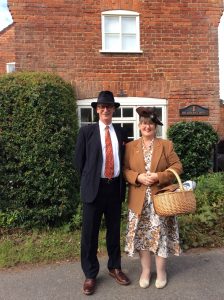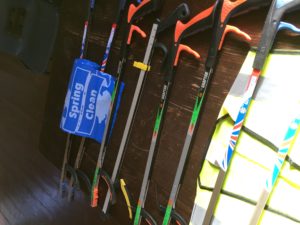Over the last few days the evening has arrived with golden sunset. It feels like a time of change – the last Swallows skimmed the last stubble of the harvest a few days ago, before heading south. The autumn migrants have arrived from the north.
It was last Wednesday evening, whilst accompanied by a post-hopping Barn Owl, that we heard this year’s Golden Plover. Their plaintive whistling calls carry to us, above even the traffic noise along the Buxton Road. It was twilight, the sunset had been spectacular and darkness was falling fast. Every year flocks of Golden Plover rest for a few days on tawny arable fields above the old Roman Road. We could hear their calls but their restless flocks were invisible.
This morning’s clear skies, after a light frost, rendered the chance of seeing them altogether better. Looking south we soon spotted the flock of about fifty birds, their silhouette unmistakable – on knife-shaped wings they wheeled and turned, in synchrony their colours alternating dark and pale as they flew. Flying for fun, circling and settling before setting off again. All the time their whistles carrying down to us, earthbound.




